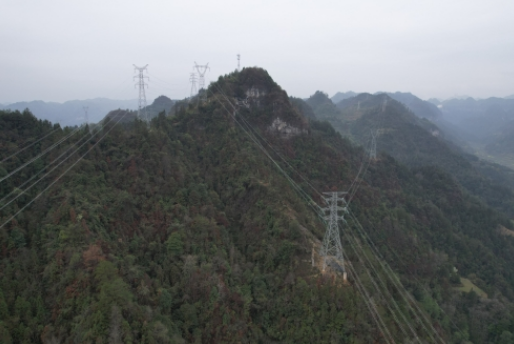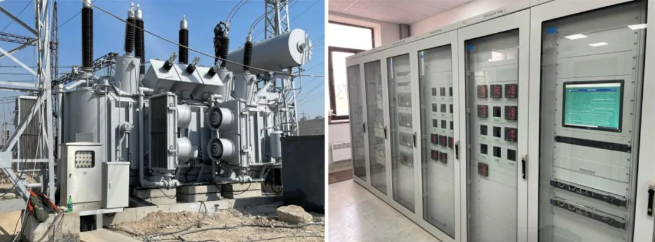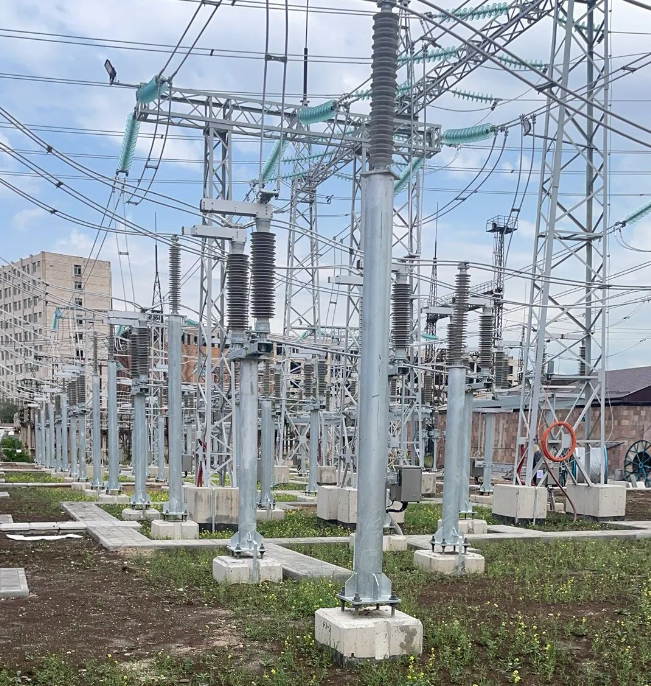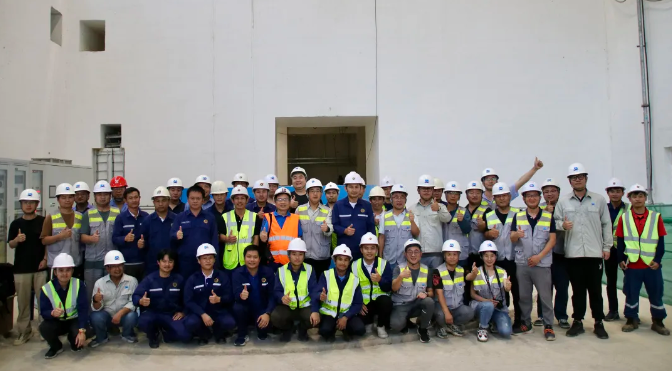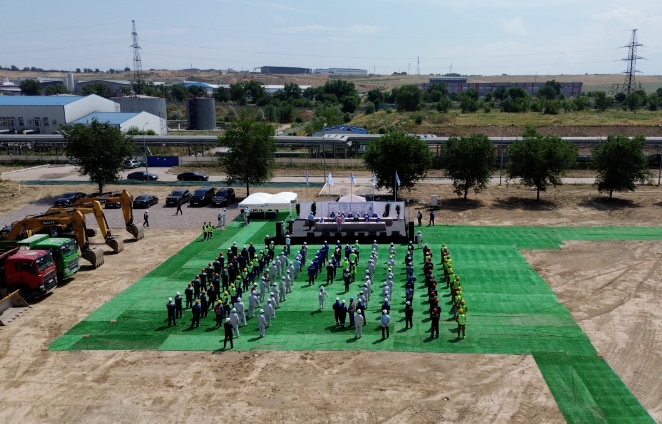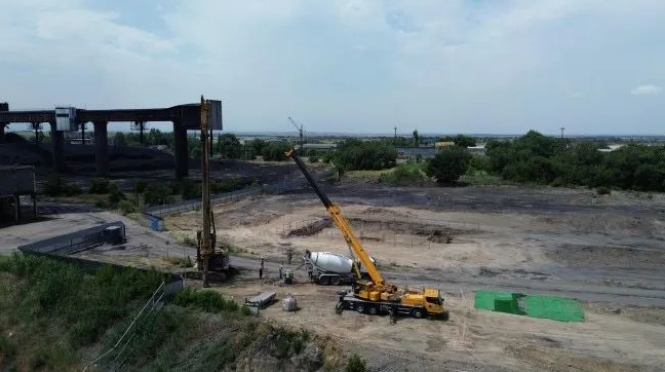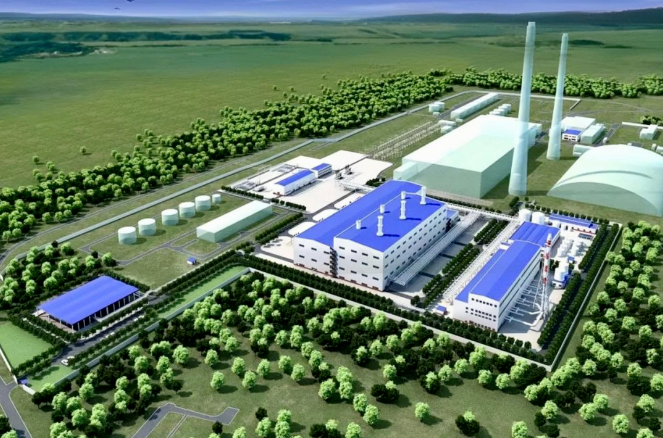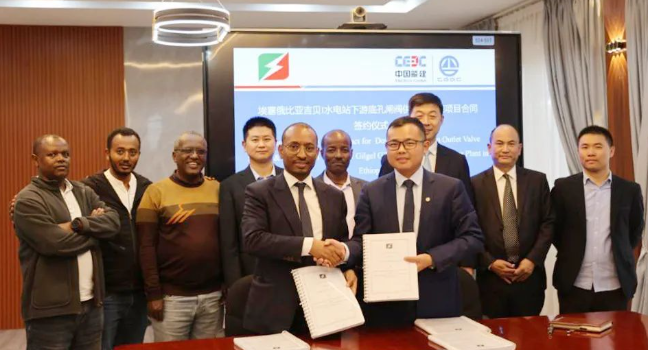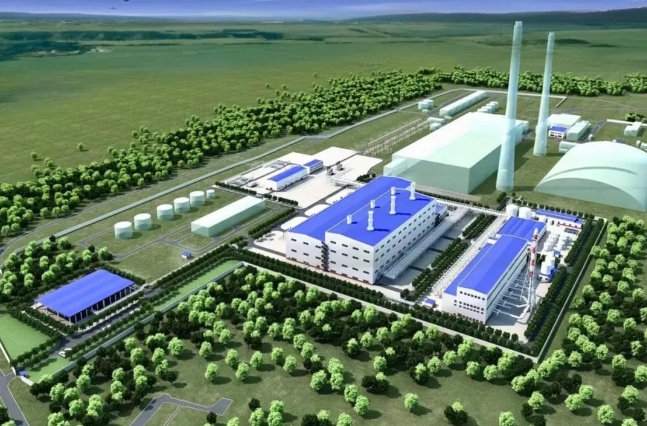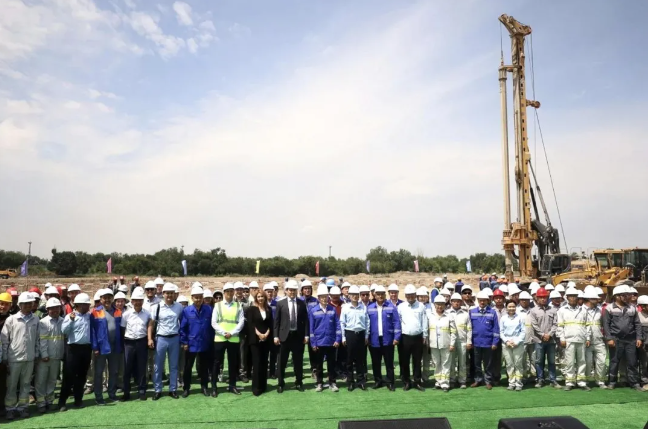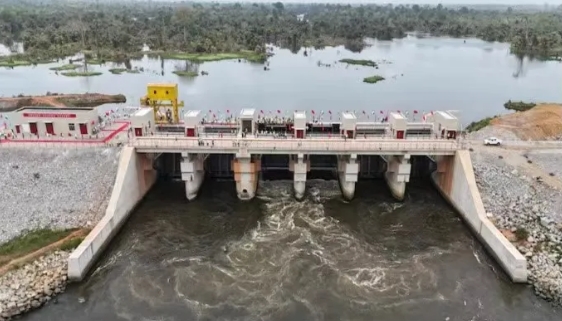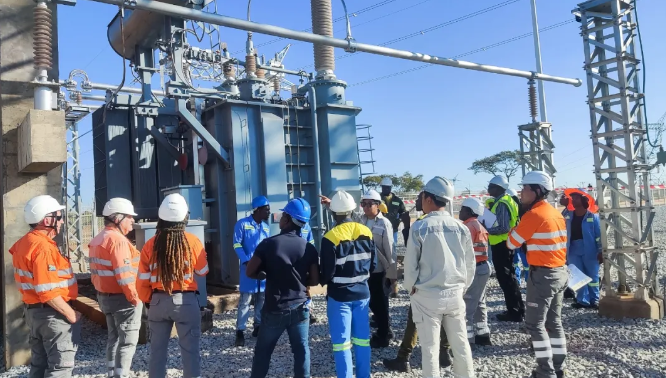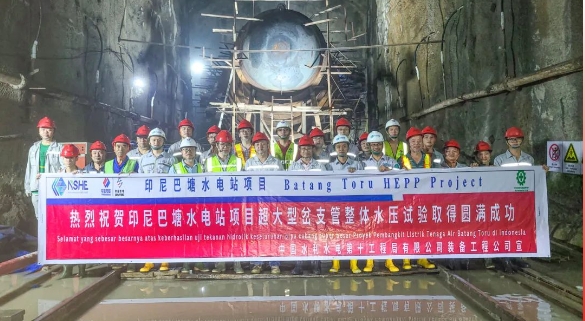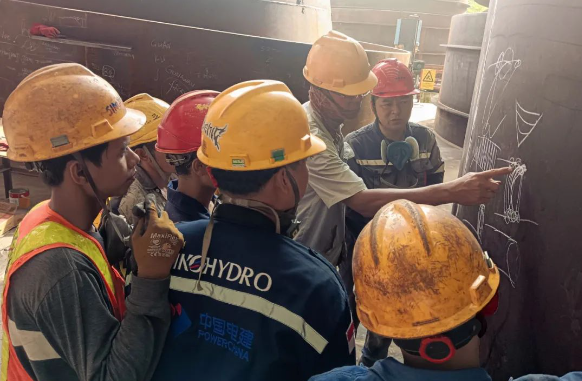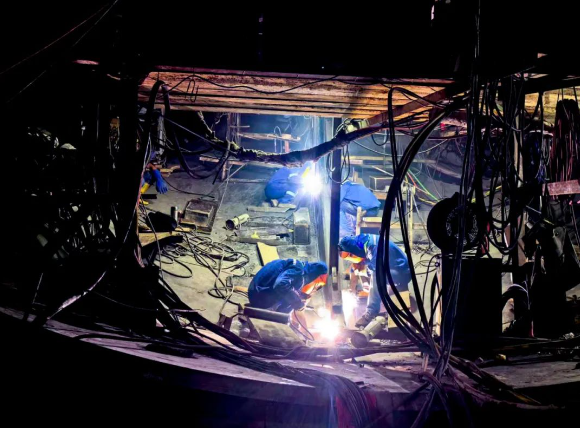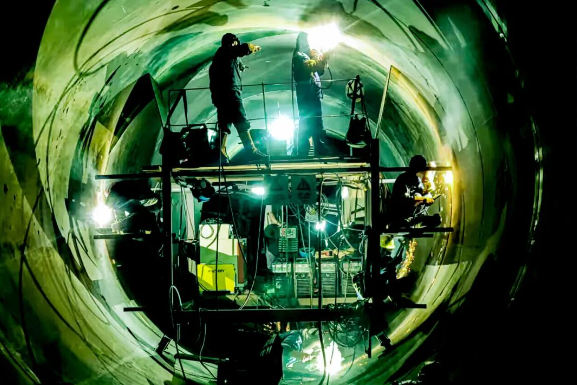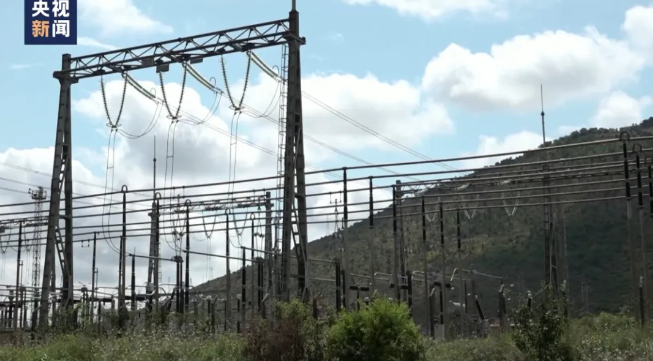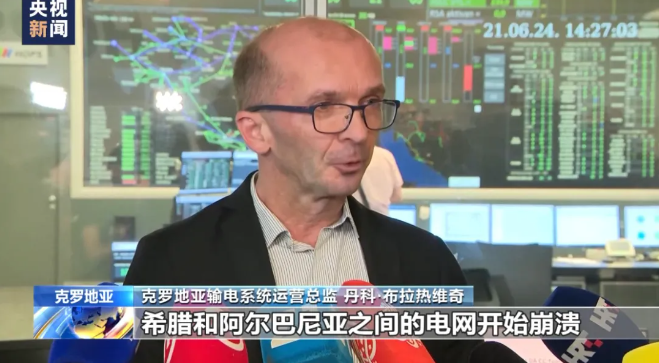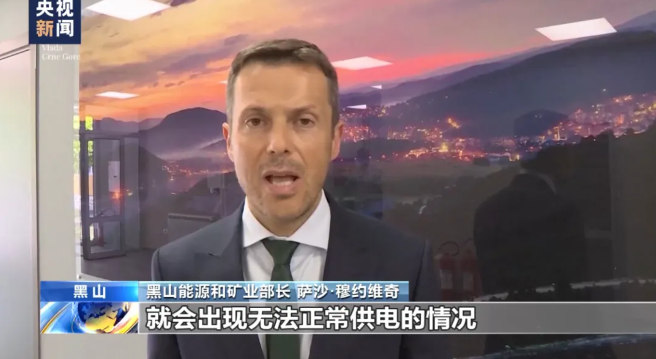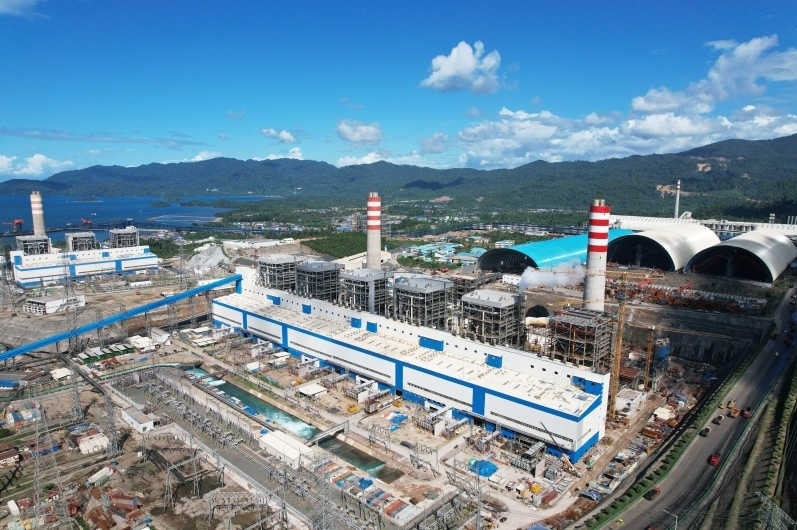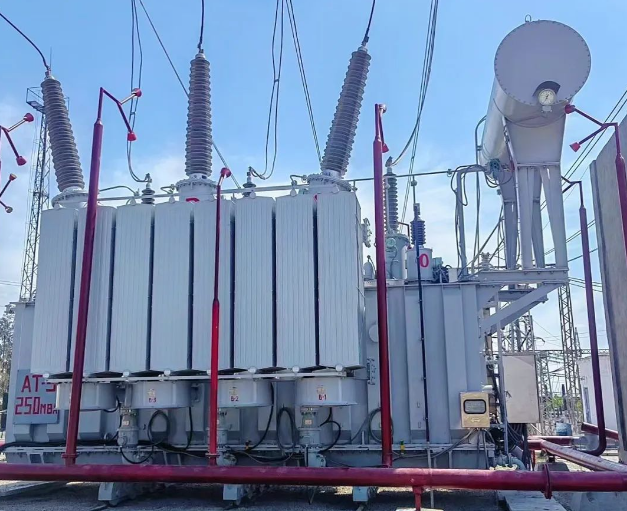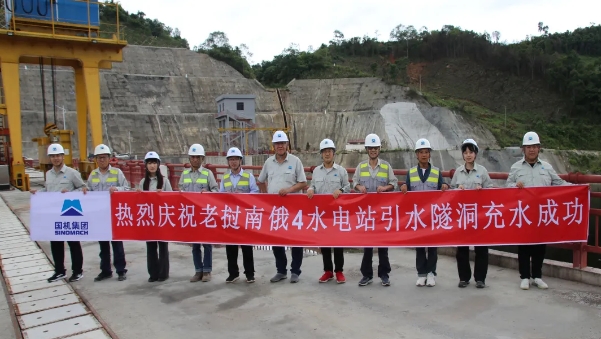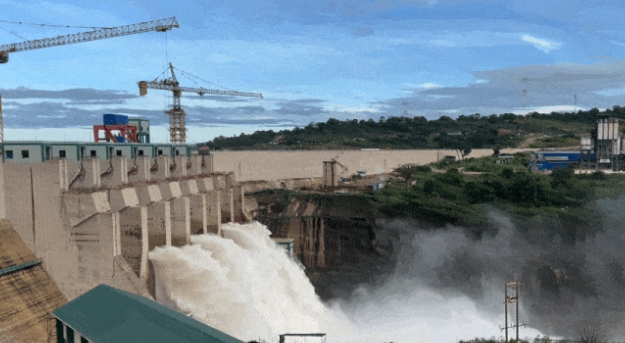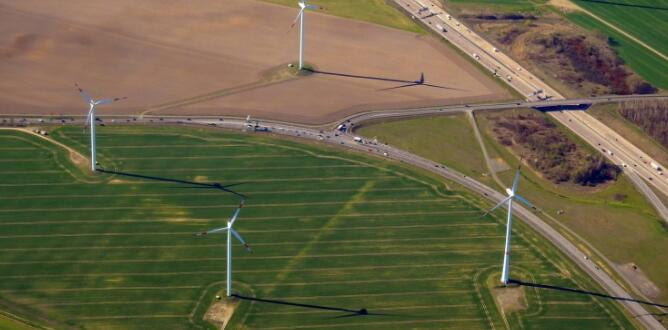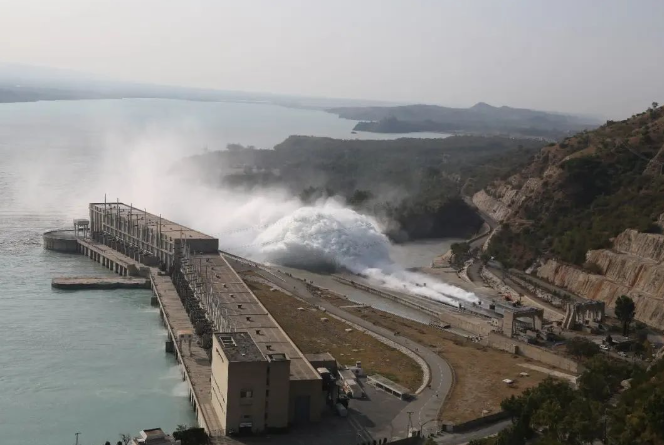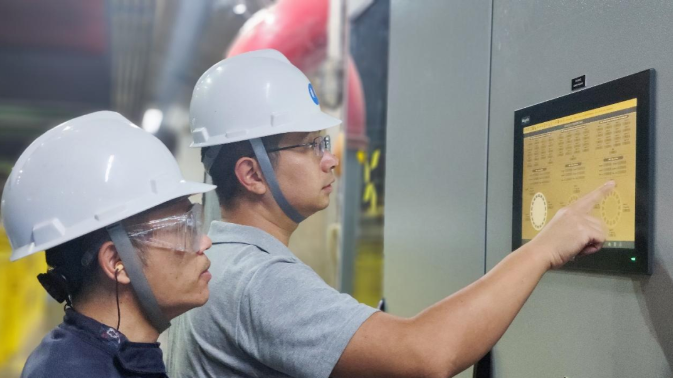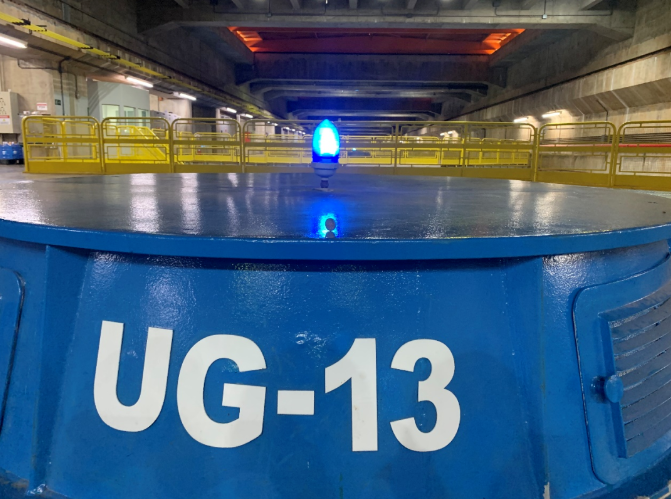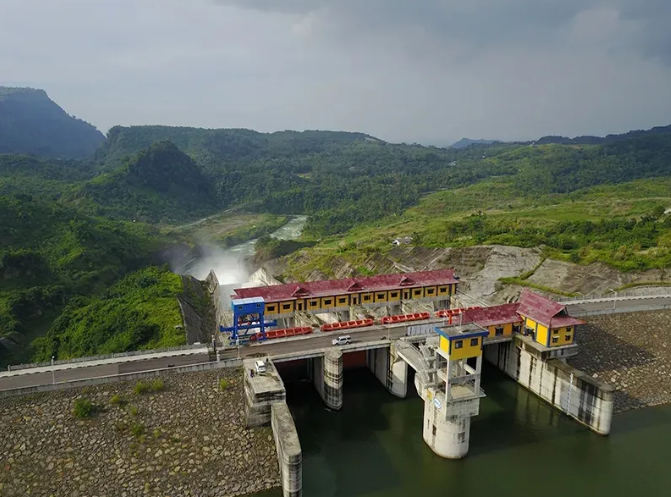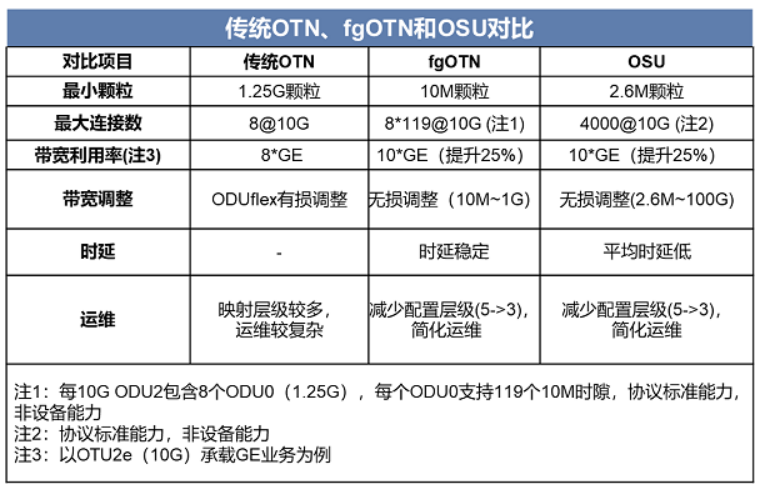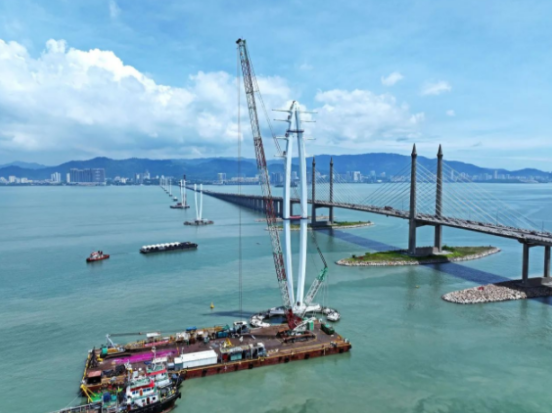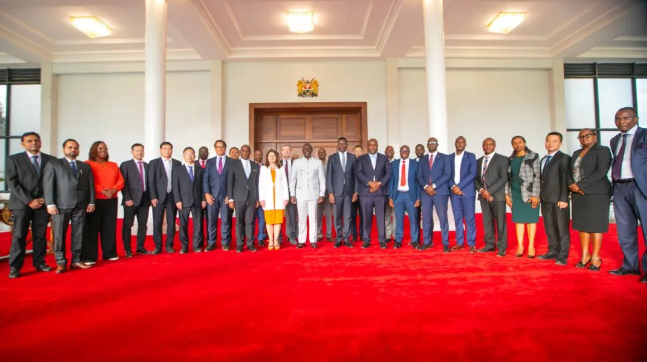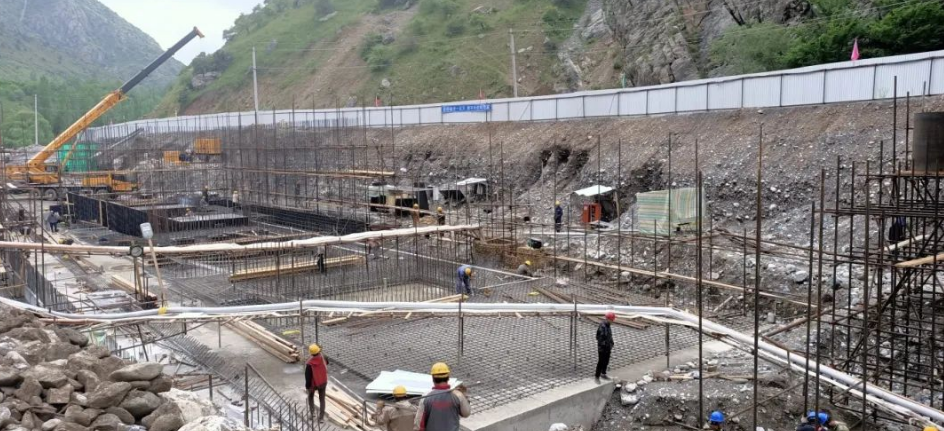National Grid of the UK announces the largest power grid renovation plan in history!
Keywords: UK power grid renovation, electricity industry
National Grid, a leading enterprise in the field of energy transmission and distribution, plans to make a strategic investment of up to £ 66 billion in its power network over the next five years. This move aims to promote the release of economic growth, while also advancing the digitization and decarbonization process of the power system.
In its recent annual performance report as of March 31, 2024, the UK's national power supply company clearly stated that half of this investment will be dedicated to strengthening and optimizing the company's grid operations in the UK.
In addition, to ensure the smooth implementation of the investment plan, the company has simultaneously announced a £ 7 billion fully underwritten allotment option issuance plan. The plan will effectively raise the necessary funds by issuing stocks to existing shareholders. National Grid emphasized in its official press release that this move is in line with its strategic plan to build an "excellent and pure power network business". Specifically, the company will invest up to 80% of its capital to specifically support the steady development of its power network business.
John Pettigrew, CEO of National Grid, said, "Today, we announced this significant investment plan, marking a solid step forward in driving the energy transition on both sides of the Atlantic. As governments and regulatory agencies around the world increasingly prioritize achieving net zero emissions goals, our confidence and awareness of the medium-term investment plan are also growing. To this end, we have developed a new five-year financial framework, with an expected investment scale of nearly twice that of the past five years
In the UK, State Grid will invest £ 23 billion in the construction of transmission networks, aimed at ensuring the healthy operation of grid assets and addressing the system upgrade needs brought about by the increasing number of offshore and onshore power generation connections. At the same time, the company will increase its investment in 17 Accelerated Strategic Transmission Investment Projects (ASTI).
Keywords: UK power grid renovation, electricity industry
National Grid, a leading enterprise in the field of energy transmission and distribution, plans to make a strategic investment of up to £ 66 billion in its power network over the next five years. This move aims to promote the release of economic growth, while also advancing the digitization and decarbonization process of the power system.
In its recent annual performance report as of March 31, 2024, the UK's national power supply company clearly stated that half of this investment will be dedicated to strengthening and optimizing the company's grid operations in the UK.
In addition, to ensure the smooth implementation of the investment plan, the company has simultaneously announced a £ 7 billion fully underwritten allotment option issuance plan. The plan will effectively raise the necessary funds by issuing stocks to existing shareholders. National Grid emphasized in its official press release that this move is in line with its strategic plan to build an "excellent and pure power network business". Specifically, the company will invest up to 80% of its capital to specifically support the steady development of its power network business.
John Pettigrew, CEO of National Grid, said, "Today, we announced this significant investment plan, marking a solid step forward in driving the energy transition on both sides of the Atlantic. As governments and regulatory agencies around the world increasingly prioritize achieving net zero emissions goals, our confidence and awareness of the medium-term investment plan are also growing. To this end, we have developed a new five-year financial framework, with an expected investment scale of nearly twice that of the past five years
In the UK, State Grid will invest £ 23 billion in the construction of transmission networks, aimed at ensuring the healthy operation of grid assets and addressing the system upgrade needs brought about by the increasing number of offshore and onshore power generation connections. At the same time, the company will increase its investment in 17 Accelerated Strategic Transmission Investment Projects (ASTI).
In the field of power distribution, the company plans to invest approximately £ 8 billion over the next five years, mainly for asset replacement, system reinforcement, and the construction of new connections. This will help promote the development of new energy facilities such as electric vehicles and heat pumps, and promote the popularization of direct connection power generation methods.
In addition, in the US market, the company plans to invest £ 17 billion in New York and £ 11 billion in New England. Among them, 60% of the investment will focus on the field of power networks to increase efforts in renewable energy connectivity, transmission network upgrades, and digital capabilities, thereby promoting the in-depth development of energy transformation.
Pettigrew further pointed out, "With the support of a comprehensive financing plan including a £ 7 billion equity financing, we expect this capital investment to achieve an annual growth rate of approximately 10% in the group's assets, and is expected to achieve a significant increase in the compound annual growth rate of basic earnings per share from the 2024/25 baseline to 6-8%
In the field of power distribution, the company plans to invest approximately £ 8 billion over the next five years, mainly for asset replacement, system reinforcement, and the construction of new connections. This will help promote the development of new energy facilities such as electric vehicles and heat pumps, and promote the popularization of direct connection power generation methods.
In addition, in the US market, the company plans to invest £ 17 billion in New York and £ 11 billion in New England. Among them, 60% of the investment will focus on the field of power networks to increase efforts in renewable energy connectivity, transmission network upgrades, and digital capabilities, thereby promoting the in-depth development of energy transformation.
Pettigrew further pointed out, "With the support of a comprehensive financing plan including a £ 7 billion equity financing, we expect this capital investment to achieve an annual growth rate of approximately 10% in the group's assets, and is expected to achieve a significant increase in the compound annual growth rate of basic earnings per share from the 2024/25 baseline to 6-8%




 Home
Home



